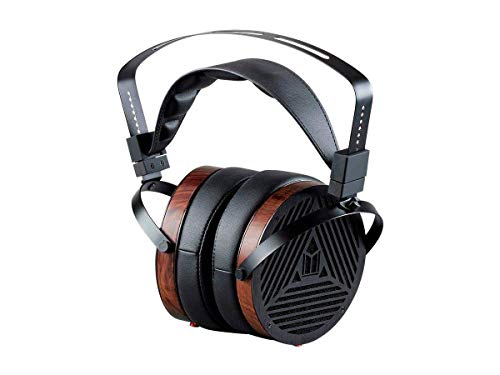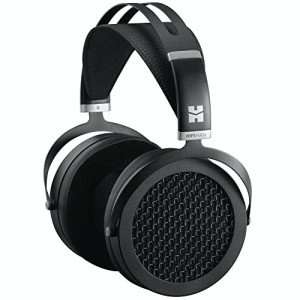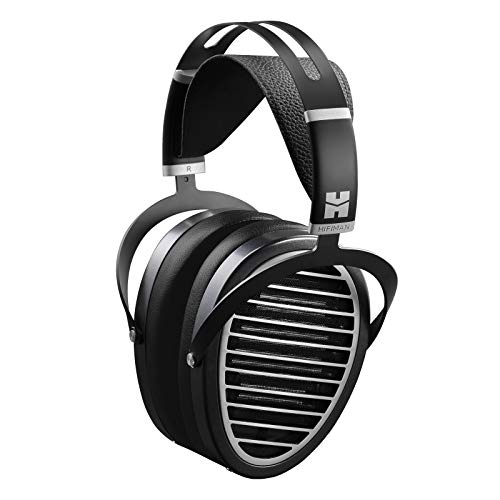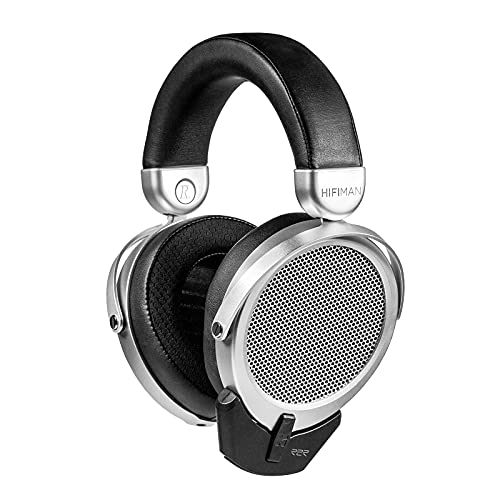In the ever-evolving world of audio technology, headphone enthusiasts are presented with myriad options to choose from. Among these, planar magnetic headphones have maintained a steady incline in popularity, thanks primarily to their exceptional sound quality and immersive listening experience. This blog post will unravel the intricate workings of planar magnetic headphones, their advantages and disadvantages, and provide a comprehensive guide for potential buyers.
What Are Planar Magnetic Headphones?
Planar magnetic headphones utilize a unique technology that employs a thin film diaphragm suspended between two magnetic fields. This design contrasts sharply with the conventional dynamic drivers found in most headphones. The diaphragm in planar magnetic headphones is typically larger than that of traditional headphones, which contributes to their superior sound quality.
How Do They Work?
The mechanism of planar magnetic headphones is fascinating yet straightforward. Here's a simplified breakdown:
-
Electromagnetism: Each headphone is equipped with a set of magnets arranged around the diaphragm. These magnets generate a magnetic field.
-
Diaphragm Movement: When an audio signal is applied, it passes through the conductive traces on the diaphragm. This causes the diaphragm to flex and move in response to changes in the magnetic field.
-
Sound Production: As the diaphragm moves, it pushes and pulls on the surrounding air, generating sound waves that replicate the original audio signal.
Comparison with Other Driver Types
To understand how planar magnetic headphones stack up against other types of headphones, consider the comparative table below:
| Feature | Planar Magnetic | Dynamic | Electrostatic |
|---|---|---|---|
| Driver Type | Planar Magnetic Diaphragm | Dynamic Driver | Electrostatic Diaphragm |
| Sound Quality | Flat frequency response; detailed audio | Good, but can color sound | Exceptional clarity and detail |
| Size | Generally bulkier | Compact | Larger and requires special amps |
| Cost | Mid to high price range | Wide price range | High price range |
| Efficiency | Requires power for optimal performance | Efficient with lesser power | Requires specialized equipment |
| Bass Response | Excellent bass; controlled and tight | Good, but varies by model | Often lacks bass extension |
| Durability | Generally durable | Mid-range durability | Requires careful handling |
| Ideal Use Case | Studio monitoring and audiophile use | Casual listening and everyday use | High-fidelity environments |
Advantages of Planar Magnetic Headphones
Planar magnetic headphones come with a host of benefits that make them attractive to audiophiles:
-
Sound Clarity and Detail: The larger planar diaphragm provides improved sound quality, delivering clear and detailed audio across the sound spectrum.
-
Reduced Distortion: Unlike dynamic drivers, planar magnetic headphones suffer less distortion at higher volumes, producing a cleaner sound.
-
Better Bass Response: They are renowned for their ability to handle low frequencies, providing tight and impactful bass without being overwhelming.
-
Comfortable Fit: Many models of planar magnetic headphones are designed with lightweight materials and spacious earcups, enhancing comfort during long listening sessions.
-
Durability: Planar magnetic headphones have fewer moving parts compared to dynamic headphones, often leading to enhanced longevity.
Disadvantages of Planar Magnetic Headphones
Despite their many advantages, planar magnetic headphones are not without drawbacks:
-
Cost: They tend to be more expensive compared to their dynamic counterparts, making them less accessible for casual listeners.
-
Bulkiness: Planar magnetic headphones are typically larger and heavier, which can be cumbersome for portable use.
-
Power Dependency: These headphones require significant power to drive, meaning a high-quality headphone amplifier is often necessary to reach their full potential.
-
Limited Availability: While growing in popularity, there are still fewer brands and models available in the market compared to dynamic headphones.
Frequently Asked Questions
Q1: Should I buy planar magnetic headphones?
A1: If you're an audiophile who values sound quality, detailed audio reproduction, and good bass response, planar magnetic headphones are a worthy investment. They are particularly ideal for studio monitoring and critical listening.
Q2: Do I need an amplifier for planar magnetic headphones?
A2: Yes, most planar magnetic headphones benefit from a dedicated headphone amplifier to maximize their potential. The additional power allows for a fuller sound and decreased distortion.
Q3: How do I maintain planar magnetic headphones?
A3: To maintain your headphones, store them in a protective case when not in use, avoid exposing them to extreme temperatures, and clean them gently with a soft cloth. Regular check-ups on the connection points can also help prevent wear and tear.
Q4: Are planar magnetic headphones suitable for gaming?
A4: While not typically marketed for gaming, many users appreciate planar magnetic headphones for their impressive soundstage and spatial awareness, enhancing the immersive experience of gaming.
Q5: What are some popular brands of planar magnetic headphones?
A5: Some well-regarded brands in the planar magnetic space include Audeze, HIFIMAN, and Oppo. Each brand offers a range of models at different price points catering to varying preferences.
Planar magnetic headphones represent a fascinating evolution in headphone technology, offering unparalleled sound quality and comfort, albeit at a higher price point. Their unique design enables a listening experience that is often unparalleled in the headphone market, making them a popular choice for serious audiophiles. With an understanding of their advantages and disadvantages, potential buyers can make informed decisions, ensuring they select a headphone model that meets their specific listening needs. Whether it’s for critical listening, studio monitoring, or immersive gaming experiences, planar magnetic headphones will not disappoint.





